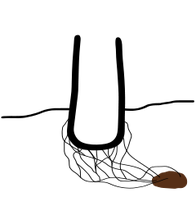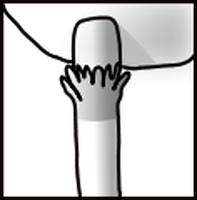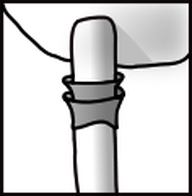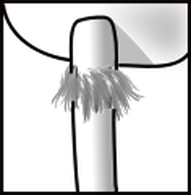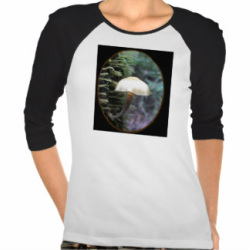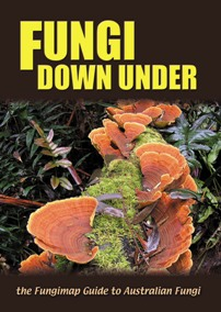Fungi base features are important.
Checking out a mushroom base could be a life saving action. For instance, most deaths by mushroom result from mistaking the death cap, Amanita Phalloides for edible lookalikes. The Death Cap grows from a volval sack which can be seen at the mushroom's base, perhaps rather torn, but still evident. Most mushrooms with a sack at the base are poisonous.
Stem Base Types
A Saccate Fungi Base

A fungi stem base that is growing out a sack or sock is almost always unsafe to eat. The sack is called a volva and it is the remnant of a veil of mushroom tissue that completely covered the mushroom cap in its infancy. As the mushroom grows the cap breaks away from the base leaving either a torn or fairly even volva. Amanita mushrooms have this type of sack at their base and all except one or two are unsafe and even deadly.
An Arrow shaped
|
A Lobed Fungal Sack

This is the type of volvul sack from which the Death Cap mushroom grows. The sack is large and floppy but may not be intact.
A bulbous fungi base
A scaly basal bulb

Though not always the case, you should suspect that a mushroom with a scaly swollen base is an Amanita, with the scales being the remains of a volvul sack. FungiOz app includes several Australian mushroom species where this is the case. Most Amanita species are either downright poisonous or will make you very sick.
A stumped fungi base
Attached to
|
|





